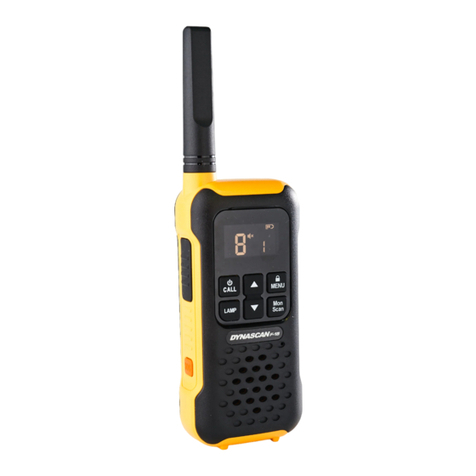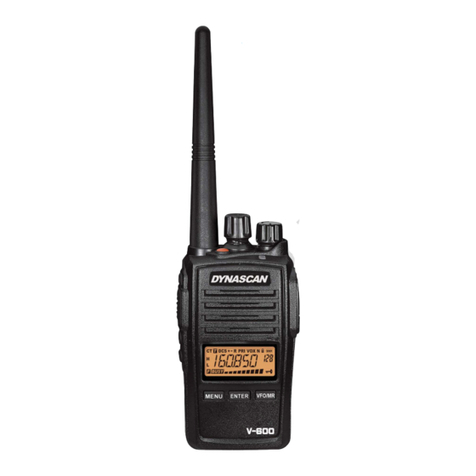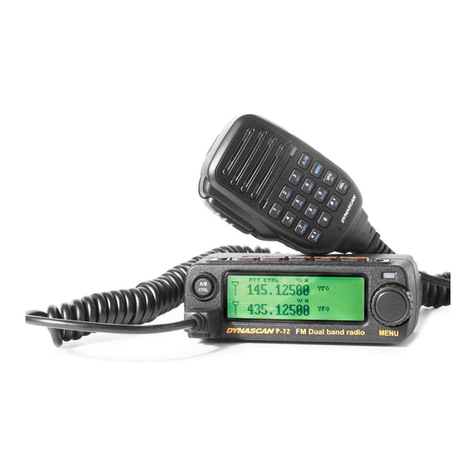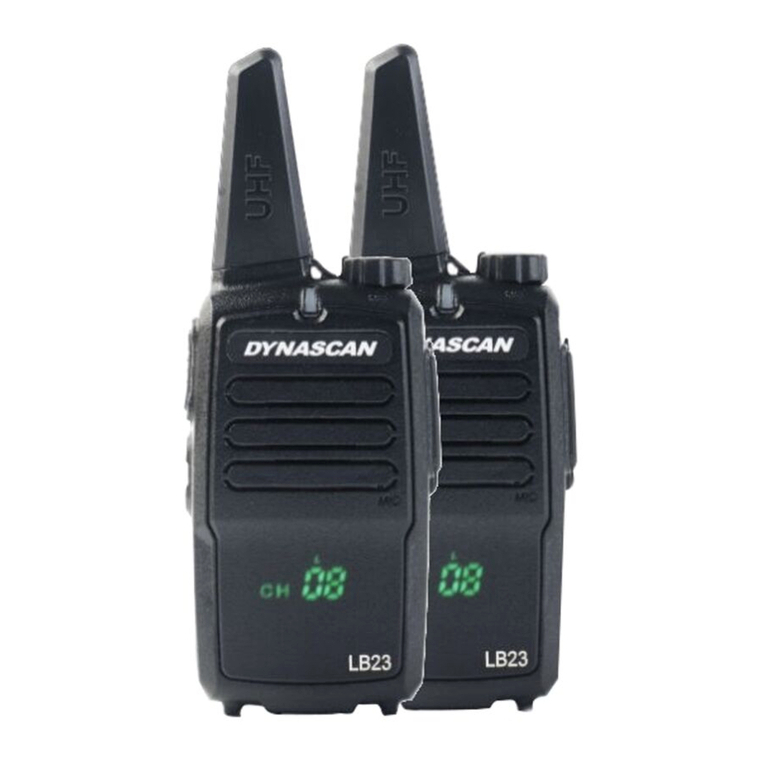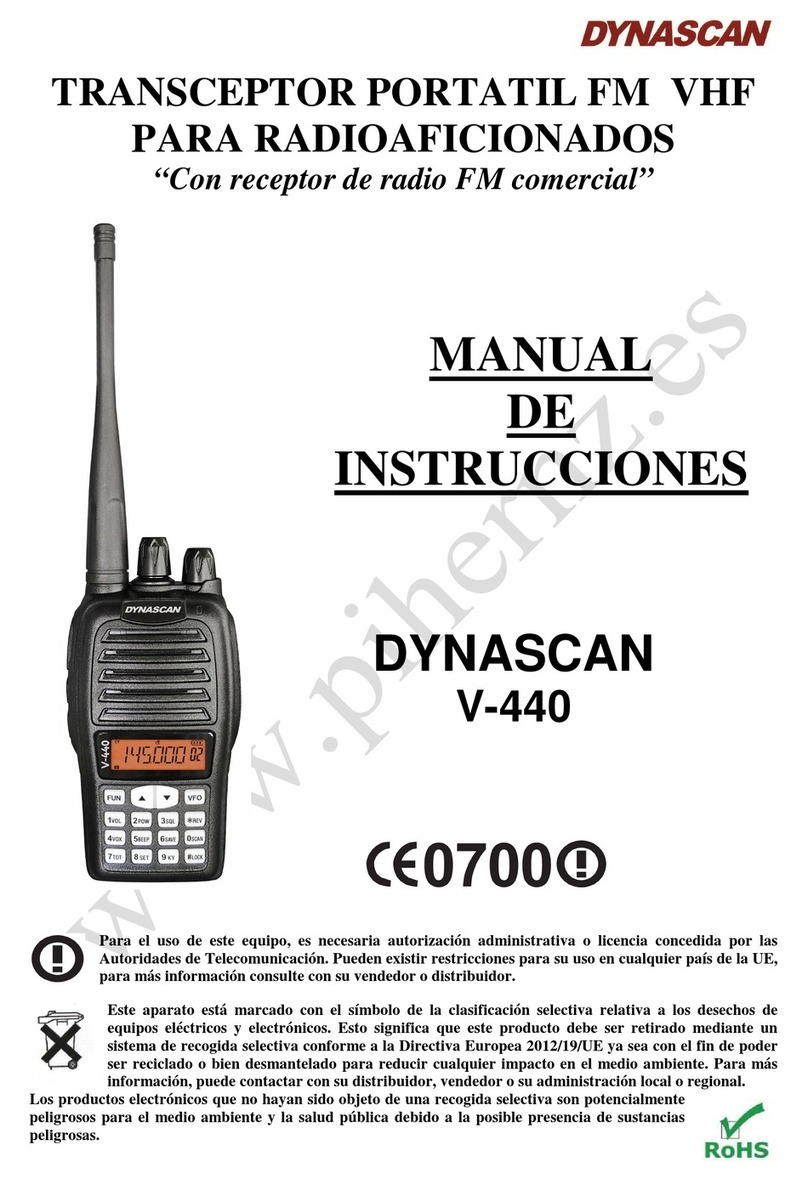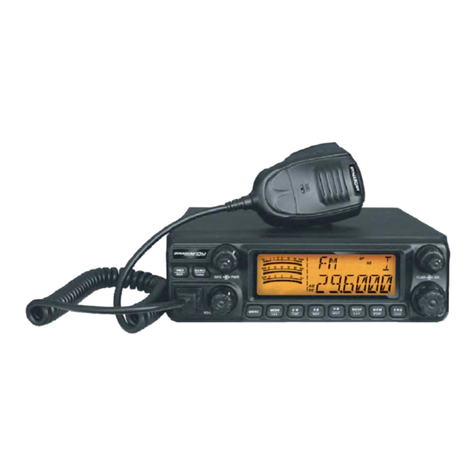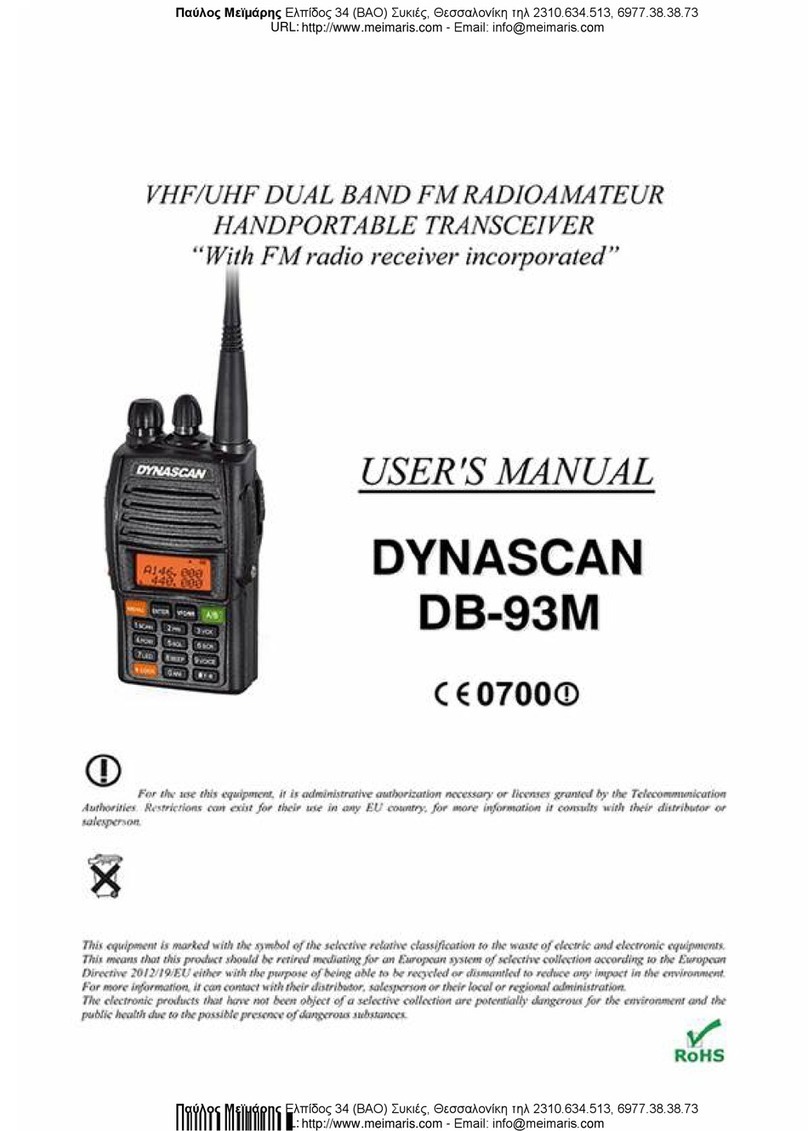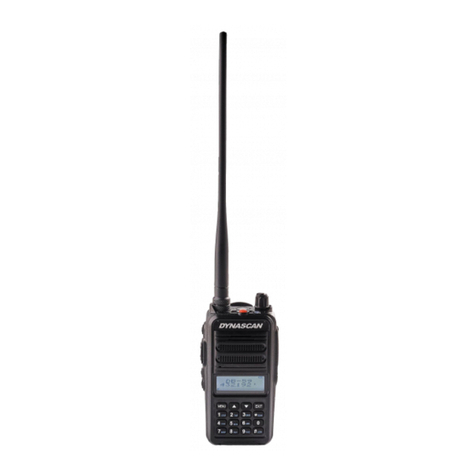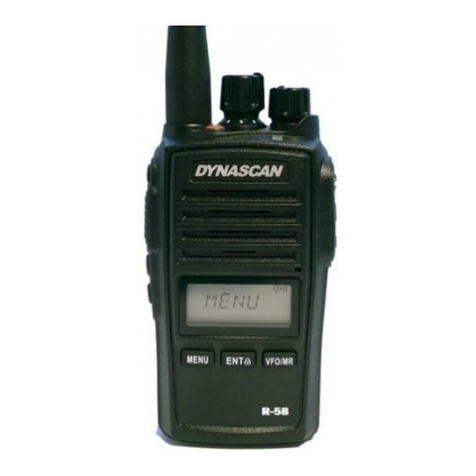
●Lea el Manual de Instrucciones de forma completa para conocer todas las funciones
que ofrece el producto. Es importante tener en cuenta que algunas de las funciones
pueden explicarse en relación con la información de los capítulos anteriores. Al leer solo
una parte, puede arriesgarse a no entender la explicación completa de la función.
●Es importante que entienda correctamente las indicaciones del Manual.
●Guarde el Manual para futuras consultas.
MANTENIMIENTO Y PRECAUCIONES DE SEGURIDAD
●Apague y no utilice el transceptor, ni cargue o cambie la batería en áreas con riesgo de
incendio o explosión.
●No abra ni intente modificar o ajustar el transceptor.
●No utilice el transceptor si la antena está dañada.
●No utilice el transceptor en recintos donde su uso esté prohibido.
●No coloque el transceptor en el área de despliegue del airbag de un vehículo.
●No exponga el equipo, batería o cargador de baterías a los rayos directos del sol de
manera prolongada, al polvo, a altas temperaturas y niveles elevados de humedad.
●Mantenga una distancia mínima de 5 cm entre el transceptor y su boca durante la
transmisión.
●Si el transceptor o cargador de baterías emite humo u olores extraños apáguelo
inmediatamente y contacte con el Servicio Técnico para su comprobación.
●No coja el transceptor directamente por la antena.
●Coloque la tapa protectora en el conector MIC/SP cuando no utilice un micro-auricular.
●Después de un uso prolongado, las teclas, mandos y la carcasa exterior se pueden
ensuciar fácilmente. Utilice un paño ligeramente humedecido con un producto neutro para
su limpieza; no utilice productos que contengan alcohol o disolventes.
●Respete las normas de su localidad en referencia al uso de este tipo de aparatos.
●El uso inadecuado de este equipo es responsabilidad exclusiva del usuario del mismo.
DESEMBALADO Y COMPROBACION DE LOS ARTICULOS
Antes de su uso:
1. Compruebe que el embalaje no esté dañado.
2. Desembalar cuidadosamente y comprobar que están incluidos todos los artículos.
Si faltara algún artículo o estuviese dañado, contacte inmediatamente con su
vendedor.
- Los artículos suministrados pueden variar en función de la versión de equipo
adquirida. Para más información, consulte con su vendedor.
- Consulte con su vendedor para informarse sobre los accesorios opcionales
disponibles.
INFORMACION SOBRE LA BATERIA
Cargue la batería antes de su uso. Realice dos ciclos de carga y descarga completos para
que la batería alcance su máximo rendimiento. Cuando la batería está baja, proceda a su
carga o reemplácela por otra totalmente cargada.
Utilice siempre baterías recomendadas por el fabricante, utilizar otras baterías puede
causar explosión y daños a las personas.
Español - 03-
